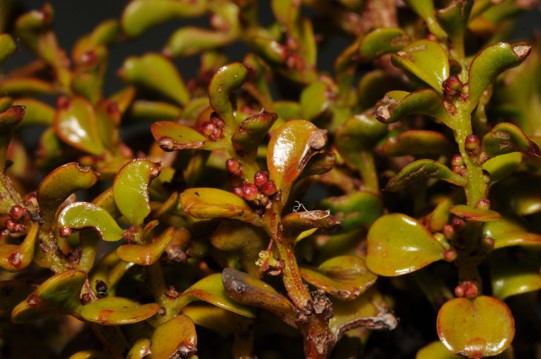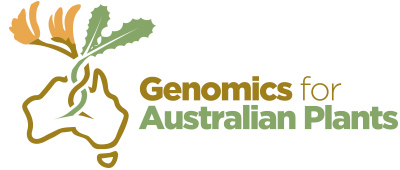Santalaceae (Viscaceae and Amphorogynaceae) (mistletoes)
Aim: Phylogenomics Stage 2
Project initiation: Aug 2021
Project lead: Benjamin Anderson | WA Herbarium, Department of Biodiversity, Conservation and Attractions

Project description:
Parasitic plants (mistletoes) in the family Viscaceae have recently been shown to have highly unusual mitochondrial genes compared to other flowering plants. In order to investigate where in the evolutionary history of this group these bizarre changes have occurred, we need to resolve their evolutionary relationships. In order to do this, we are sequencing all Australian representatives of both Viscaceae and a closely related family Amphorogynaceae to include in a broader study being undertaken in Sweden. The sequences will be used together with the broader sampling to reconstruct phylogenetic relationships between species, allowing us to use ancestral state reconstruction to model both what the likely ancestral host plants are for the group as well as when and where the mitochondrial changes are likely to have occurred. Perhaps the strange mitochondria of Viscum and its relatives has been affected by what kinds of host plants they relied on in the past.
